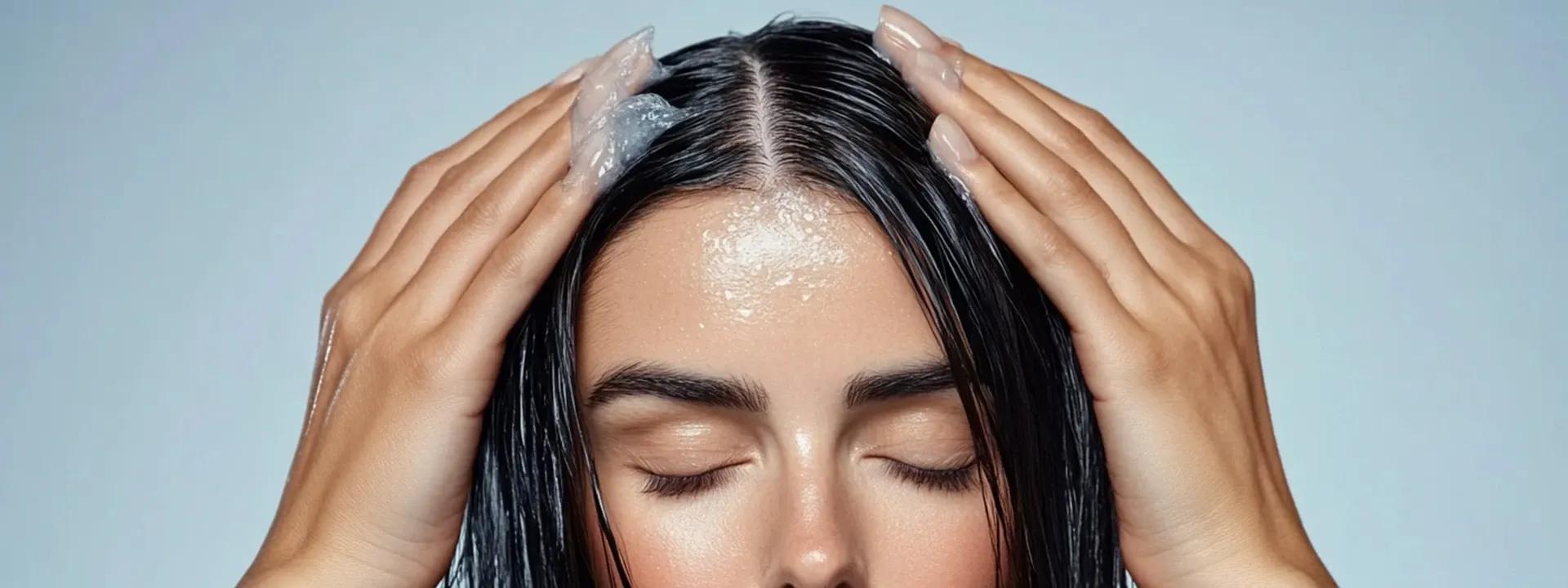Let's be real—walking down the shampoo aisle can feel like staring into an endless void of promises and marketing speak. With shelves packed with bottles claiming everything from "miracle repair" to "instant volume," picking the right one for your hair feels impossible. But here's the thing: the perfect shampoo isn't about fancy packaging or bold claims. It's about understanding what your hair actually needs and matching it with ingredients that work. Your hair type, lifestyle, and specific concerns all play a part in finding that bottle worth obsessing over. Ready to decode the mystery and discover your next haircare fave?
Understanding Your Hair Type
Before you can choose the right shampoo, you need to know what you're working with. Your hair type determines everything from how often you should wash to which ingredients will make your strands sing. Think of it like finding the right skincare routine—one size definitely doesn't fit all.
Identifying Different Hair Types
**Fine hair** feels delicate and can look flat easily. It tends to get oily faster because sebum travels down the hair shaft quickly. **Thick hair** has more volume naturally but can feel heavy and take longer to dry. **Curly hair** has its own rulebook—it's often drier because natural oils struggle to travel down the curved hair shaft. **Straight hair** shows oil and product buildup more obviously but is generally easier to manage. **Oily hair** gets greasy within a day or two of washing, while **dry hair** feels rough and looks dull, often taking longer to show signs of oiliness.
Common Hair Concerns
Beyond basic hair types, specific concerns need targeted solutions. Hair fall might signal you need gentler cleansing formulas with strengthening ingredients. Dandruff calls for specialised scalp care with ingredients that address flaking and irritation. Frizz often means your hair needs moisture and smoothing agents. Color-treated hair requires extra TLC to maintain vibrancy and prevent damage from chemical processing.
Key Ingredients in Shampoos
Ingredients are where the magic happens—or where things go wrong. Understanding what's inside that bottle helps you make smarter choices and avoid formulas that might work against your hair goals. Some ingredients are your hair's best friends, while others might be causing more harm than good.
Beneficial Ingredients to Look For
**Natural ingredients** like coconut oil, argan oil, and aloe vera provide gentle nourishment without harsh chemicals. These work especially well for sensitive scalps or damaged hair. **Vitamins and minerals** such as biotin, vitamin E, and zinc support hair health from the outside in. **Proteins and amino acids** help rebuild damaged hair structure, making them perfect for chemically treated or heat-damaged strands.
Ingredients to Avoid
**Sulfates** are harsh detergents that strip your hair of natural oils. While they create that satisfying lather, they can leave your hair feeling dry and brittle. **Parabens** are preservatives that some people prefer to avoid due to potential sensitivity issues. **Silicones** can build up over time, making your hair feel heavy and dull, especially if you're not using clarifying treatments regularly.
Types of Shampoos and Their Benefits
Not all shampoos are created equal, and each type serves a specific purpose in your haircare routine. Understanding these different categories helps you choose the right formula for your current hair needs—because yes, those needs can change with seasons, treatments, and life in general.
Clarifying Shampoos
Think of **clarifying** shampoos as your hair's reset button. They deep-clean buildup from styling products, hard water minerals, and excess oils. Use them once or twice a month, not daily, as they're quite powerful and can be drying with frequent use.


 25 ml
25 ml 380 ml
380 ml 100 ml
100 ml 592ml
592ml